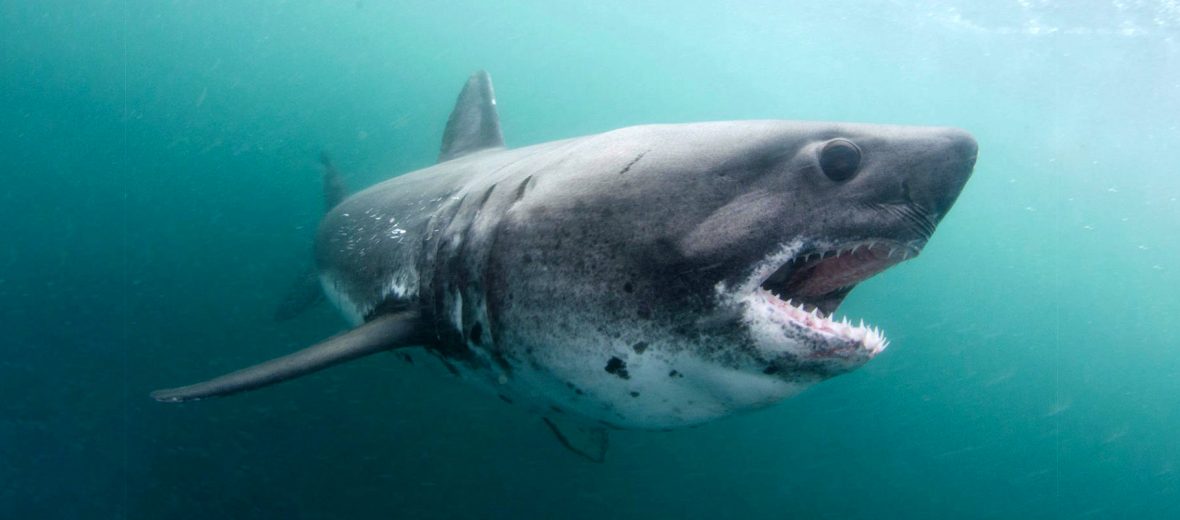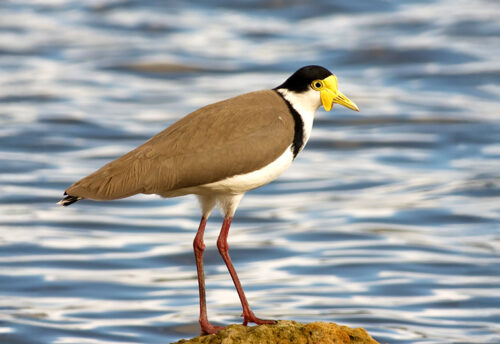
The salmon shark hails from the northern Pacific Ocean. These sharks prefer sub-Arctic to subtropical waters. They can be spotted in both coastal waters as well as in the open ocean. Salmon sharks are unique in that they exhibit what few other fish do… homeothermy. More on that in a bit. Even though these sharks face the threats of climate change, overfishing, and bycatch, they are still listed as Least Concern by the IUCN.
First the Stats…
Scientific name: Lamna ditropis
Weight: Up to 485 lbs.
Length: Up to 10 feet
Lifespan: Up to 27 years
Now on to the Facts!
1.) These sharks exhibit mild countershading in that they are grey or black over the upper portion of their body and lighter on the lower, abdominal portion.
2.) They are known for an unexplained variability in their sex ratio between western and eastern populations within the northern Pacific Ocean. Western populations have predominantly males, while eastern populations have mostly females.
3.) Even though they should be considered dangerous to humans, there have never been any positive identifications in any shark attacks.
4.) The salmon shark resembles the appearance of a small great white shark.
5.) Their eyes are positioned pretty far forward. This allows for binocular vision and easier visual acuity of prey.
But wait, there’s more on the salmon shark!
6.) They get their name due to their fondness of Pacific salmon. They also prey on sablefish, herring, walleye pollock, a variety of other fish, and squid.
7.) Salmon sharks are ovoviviparous (give live birth).
Did you know…?
Salmon sharks have the unique ability to regulate their body temperature (homeothermy). This is done by vascular counter-current heat exchangers, aka retia mirabilia, which is Latin for “wonderful nets”.
8.) Females birth up to 6 pups approximately every 2 years.
9.) Unfortunately, Japanese herbalists use the fins of males as ingredients in many traditional medicines said to treat various forms of cancer. This is unsubstantiated, as there is no proof the shark fins cure cancer; or any other ailment, for that matter.
10.) Declines in king salmon in the 2000s may be attributed to increased predation by salmon sharks. This is based on remote temperature readings from tagged salmon that indicate the salmon have been swallowed by sharks.
Now a Short Salmon Shark Video!
Be sure to share & comment below! Also, check out the Critter Science YouTube channel. Videos added regularly!
Want to suggest a critter for me to write about? Let me know here.



